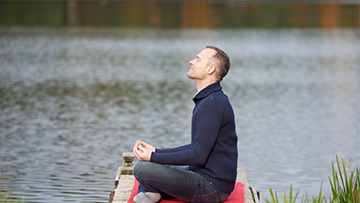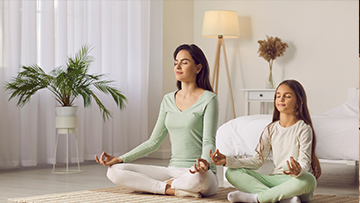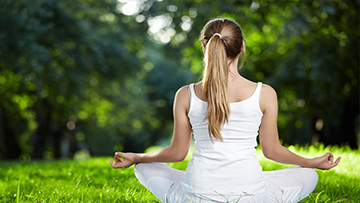The Ultimate Guide to Meditation Postures
Finding Your Perfect Pose:
Meditation is a powerful practice that can bring peace, clarity, and balance to your life. However, to fully experience its benefits, finding the right meditation posture is crucial. This ultimate guide will help you discover the perfect pose that aligns with your body and enhances your meditation practice.Why Meditation Posture Matters
The posture you choose for meditation can significantly impact your practice. A correct posture promotes better breathing, reduces discomfort, and helps maintain focus. It also supports the flow of energy throughout your body, which is essential for achieving deeper states of meditation.
Key Elements of a Good Meditation Posture
- Spine Alignment: Your spine should be straight but not stiff. Proper alignment allows energy to flow freely and prevents back pain.
- Comfort: Comfort is key. If you’re uncomfortable, it’s hard to stay focused. Use cushions or a meditation chair if needed.
- Relaxation: Your posture should promote relaxation, not tension. Keep your shoulders relaxed and your hands resting gently on your knees or lap.

Common Meditation Postures
- Seated on the Floor: The classic cross-legged position is popular for a reason. It’s stable and grounding. Use a cushion to elevate your hips and ensure your knees are lower than your hips to prevent strain.
- Lotus Position: The lotus position is a more advanced posture that involves placing each foot on the opposite thigh. It’s excellent for stability but requires flexibility.
- Half Lotus: Similar to the lotus position, but only one foot is placed on the opposite thigh, while the other foot rests under the opposite knee.
- Seated on a Chair: If sitting on the floor is uncomfortable, a chair is a great alternative. Ensure your feet are flat on the ground, and your back is straight but relaxed against the chair. This posture is especially good for those with back problems or limited flexibility.
- Kneeling: The kneeling posture, or Seiza, involves sitting on your heels with your knees bent. You can use a cushion or a meditation bench to relieve pressure on your knees and ankles.
- Lying Down: While not traditional, lying down can be a good posture for meditation if done correctly. Ensure your spine is straight and your body is relaxed. Be mindful not to fall asleep.
Tips for Finding Your Perfect Meditation Posture
- Experiment: Try different postures to see which one feels the most natural and comfortable for you. Remember, there’s no one-size-fits-all.
- Use Props: Cushions, bolsters, and chairs can help you achieve a more comfortable and sustainable posture.
- Listen to Your Body: Pay attention to any discomfort or pain. Adjust your posture as needed to avoid strain and injury.
- Seek Guidance: If you’re unsure about your posture, consider seeking advice from a meditation teacher or attending a class.

Finding the perfect meditation posture is a personal journey. It requires patience, experimentation, and mindfulness. The right posture will help you maintain focus, breathe better, and meditate more deeply. By paying attention to your body’s needs and making adjustments as necessary, you’ll enhance your meditation practice and enjoy its profound benefits.
Remember, the ultimate goal of meditation is inner peace and clarity, so choose a posture that supports this goal. Happy meditating!